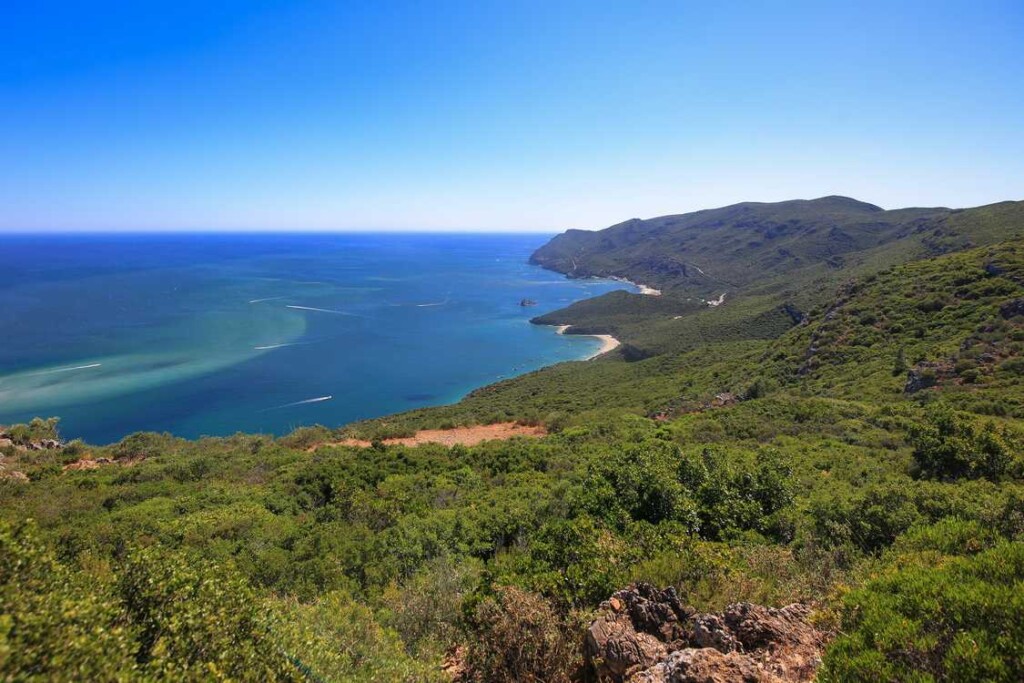 Landscape of Daqingshan- Copyright, Daqingshan Biosphere Reserve
The United Nations has added an area the size of Bolivia to a network of special land and seascapes with the aim of ensuring they remain places where Man can anchor himself to his national and global ecosystem.
Landscape of Daqingshan- Copyright, Daqingshan Biosphere Reserve
The United Nations has added an area the size of Bolivia to a network of special land and seascapes with the aim of ensuring they remain places where Man can anchor himself to his national and global ecosystem.
Much like the way UNESCO nominates places to become World Heritage Sites, the organization’s Man and Biosphere Program nominates UNESCO Biosphere Reserves. The network of these areas has now grown to 785 sites in 142 countries, totaling 5% of the planet’s landmass.
Again, like World Heritage Sites, each year new potential Biosphere Reserves are submitted as c…
 Landscape of Daqingshan- Copyright, Daqingshan Biosphere Reserve
The United Nations has added an area the size of Bolivia to a network of special land and seascapes with the aim of ensuring they remain places where Man can anchor himself to his national and global ecosystem.
Landscape of Daqingshan- Copyright, Daqingshan Biosphere Reserve
The United Nations has added an area the size of Bolivia to a network of special land and seascapes with the aim of ensuring they remain places where Man can anchor himself to his national and global ecosystem.
Much like the way UNESCO nominates places to become World Heritage Sites, the organization’s Man and Biosphere Program nominates UNESCO Biosphere Reserves. The network of these areas has now grown to 785 sites in 142 countries, totaling 5% of the planet’s landmass.
Again, like World Heritage Sites, each year new potential Biosphere Reserves are submitted as candidates by UN member states, and may be then added to the Reserve Network. With this year’s addition of 26 new sites, it means that one million km² of natural areas have been brought under protection just since 2018—equivalent to the size of Bolivia.
“With nearly thirty new designations this year, our World Network of Biosphere Reserves has reached a major milestone, now protecting 5% of the planet. Within these reserves, new ways of balancing nature conservation with sustainable livelihoods are being forged every day. UNESCO will continue to mobilize states, scientists, civil society, and local and Indigenous communities to continue this positive momentum,” said Audrey Azoulay, Director-General of UNESCO.
6 countries received the designation of their first Biosphere Reserve this year, including Angola, Djibouti, Equatorial Guinea, Iceland, Oman, and Tajikistan, while São Tomé and Príncipe becomes the first state to have its entire territory designated as a Biosphere Reserve.
In addition to these 6, new reserves have also been designated in Albania, China, Ethiopia, France, Greece, India, Indonesia, Jordan, Madagascar, Malaysia, Mongolia, Portugal, Saudi Arabia, and Sweden.
Since 1971, Biosphere Reserves have played a central role in UNESCO’s environmental mission. Alongside natural World Heritage sites and Global Geoparks, they contribute to protecting more than 13 million km² of terrestrial and marine ecosystems under UNESCO’s umbrella, advancing the global Kunming-Montreal target of conserving 30% of land and sea by 2030.
 View of Arrabida, Portugal – Copyright, Camara Municipal de Palmela
They also safeguard some of the planet’s richest and most fragile ecosystems. They harbor a significant share of global biodiversity including more than 60% of terrestrial vertebrate species, 12% of mapped mangroves, 10% of salt marshes, and 8% of the world’s seagrass meadows.
View of Arrabida, Portugal – Copyright, Camara Municipal de Palmela
They also safeguard some of the planet’s richest and most fragile ecosystems. They harbor a significant share of global biodiversity including more than 60% of terrestrial vertebrate species, 12% of mapped mangroves, 10% of salt marshes, and 8% of the world’s seagrass meadows.
Many iconic American landscapes are also Biosphere Reserves, including the Grand Tetons and Yellowstone, the Southern Appalachians, and the Channel Islands.
They foster local and community initiatives and serve as learning grounds for younger generations, through educational program tailored to schools as well as to local and indigenous communities.
CONSERVATION GOALS:The Greatest Conservation Story Ever Told Isn’t Really Being Told
UNESCO cannot designate Biosphere Reserves itself, and the job of policing and maintaining them falls on the nations that nominate areas—often national parks—to become reserves.
They are not created for the purpose of returning land to a wild state, or even from removing activities like agriculture, but are governed in a way that Man and the biosphere he needs to survive can do so for as long as we humans live on this planet—striking a balance between the needs of the land and the needs of the humans living on it.
MORE UNESCO ACTIVITIES TO READ ABOUT:UNESCO Honors ‘World Treasures’ of Culture–Unique Ways Countries Brew, Build, Bake and Boogie
The governance aspect combines activities in the natural and social sciences with a view to drafting management and development plans that will improve human livelihoods while safeguarding natural and managed ecosystems.
Partnerships with the private sector further strengthen these efforts. For example, the Amazonia Project, deployed across eight biosphere reserves with support from French conglomerate LVMH, has already supported more than 40 local initiatives, creating sustainable green jobs in agroforestry and regenerative agriculture, while strengthening forest and biodiversity protection against wildfires.
SHARE This Great Green News For An Earth To Stand The Test Of Time…